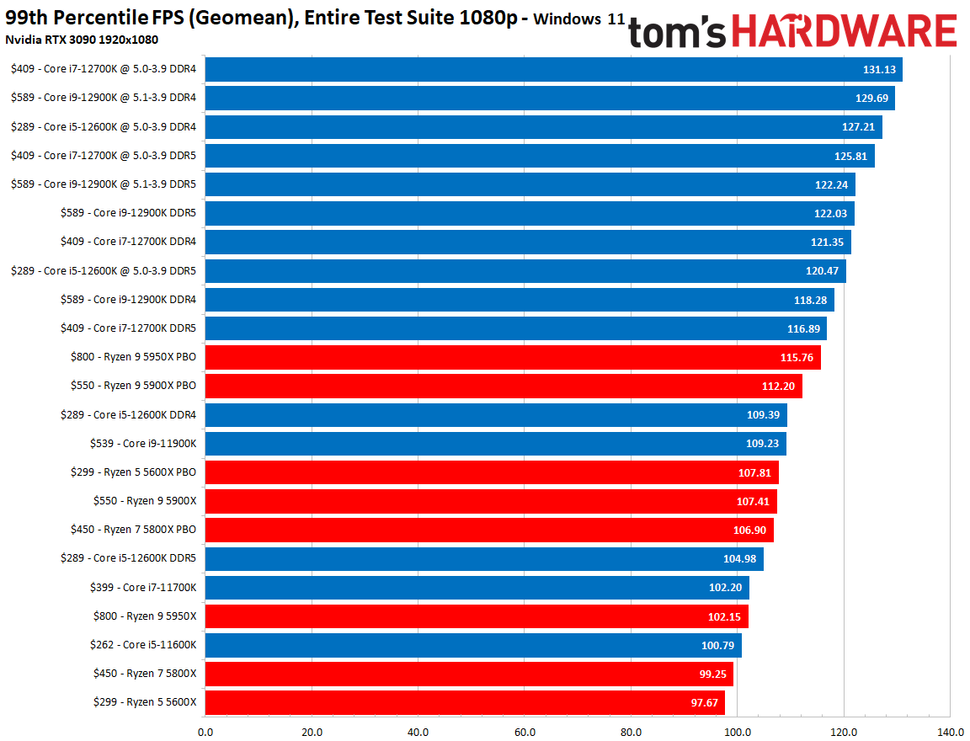In today’s digital landscape, the graphics processing unit, or GPU, has become a crucial component for anyone looking to enhance their computing experience. Whether you are a gamer seeking high frame rates, a creative professional working with graphics-intensive applications, or simply a tech enthusiast wanting the best performance from your machine, choosing the right GPU can make all the difference. With a wide variety of models available, from budget-friendly options to top-of-the-line powerhouses, understanding what you need is essential for making an informed decision.
As you embark on your journey to find the perfect GPU, it can be overwhelming to navigate through the specifications and compare performance metrics. Different games and software utilize graphics processing in unique ways, making the choice even more nuanced. In this guide, we will break down key factors to consider, provide detailed comparisons, and help you determine which graphics card aligns best with your personal requirements and budget. By the end of this guide, you will be equipped with the knowledge to unleash the full potential of your system through the right GPU selection.
Understanding GPU Architecture
When choosing a GPU, it's essential to understand its architecture, as it directly affects performance, efficiency, and compatibility with your system. Modern GPUs consist of thousands of small processing units called cores, designed to handle multiple tasks simultaneously. This parallel processing capability makes them incredibly powerful for rendering graphics, running simulations, and even performing complex calculations in other fields like data science and machine learning. Each GPU architecture has unique features that determine how efficiently it can handle different workloads.
Another critical aspect of GPU architecture is memory management. Most GPUs come equipped with dedicated video memory, known as VRAM, which allows for faster access to graphical data compared to system RAM. The amount and type of VRAM, such as GDDR6 or HBM2, can significantly impact a GPU's ability to render high-resolution textures and support demanding applications. Understanding how much VRAM you need based on your usage, like gaming or professional graphic design, is vital to ensure optimal performance.

Finally, power consumption and thermal design are important considerations in GPU architecture. Different architectures are optimized for varying power levels, which can affect overall system performance and cooling requirements. High-performance GPUs might require more powerful power supplies and advanced cooling solutions to maintain stability under load. By considering these architectural elements, you can make an informed choice that aligns with your specific needs and budget, ensuring you select a GPU that delivers the performance you desire.
Key Performance Metrics
When choosing a GPU, understanding key performance metrics is crucial for making an informed decision. One of the primary metrics to consider is the GPU's clock speed, measured in megahertz or gigahertz. A higher clock speed typically indicates better performance, as it affects how many calculations the GPU can perform per second. Additionally, look at the number of cores; more cores generally allow for better handling of parallel tasks, which is especially important for gaming and graphic-intensive applications.
Another vital metric is memory bandwidth, which refers to the amount of data the GPU can process at once. A higher bandwidth means the GPU can access and manipulate data more quickly, leading to improved performance in high-resolution gaming and rendering tasks. Also, pay attention to the amount of VRAM, as more memory allows the GPU to store and manage larger textures and assets, providing a smoother experience in demanding titles.
Lastly, consider the thermal design power (TDP) and energy efficiency. A GPU with a lower TDP may consume less power and produce less heat, which can lead to quieter operation and a more stable system. Evaluating these metrics not only helps in identifying a GPU that meets your current needs but also ensures that it is future-proof for upcoming advancements in gaming and applications.
Choosing the Right GPU for Your Needs
Selecting the ideal GPU requires a clear understanding of your specific use cases. If you're a gamer seeking the latest graphics technology, focus on GPUs that excel in real-time rendering and support for high frame rates. For content creators working with video editing or 3D modeling, prioritize GPUs with ample VRAM and strong performance in computational tasks. By identifying how you intend to use your GPU, you can narrow down your options significantly.
Another critical factor is your budget. The GPU market offers a wide range of options, from entry-level models to high-end powerhouses. Establishing a price range will help you filter your choices and avoid overspending. Additionally, consider the longevity of your investment; a slightly more expensive GPU now may save you money in the long run by staying relevant for upcoming software and games.
Finally, don't overlook GPU comparisons. Researching gpuprices and performance reviews can provide valuable insights into how different models perform under various conditions. Pay attention to any specific features that stand out, such as ray tracing capabilities or support for newer technologies like DLSS. By making informed comparisons, you can confidently choose a GPU that not only meets your immediate needs but also serves you well into the future.
